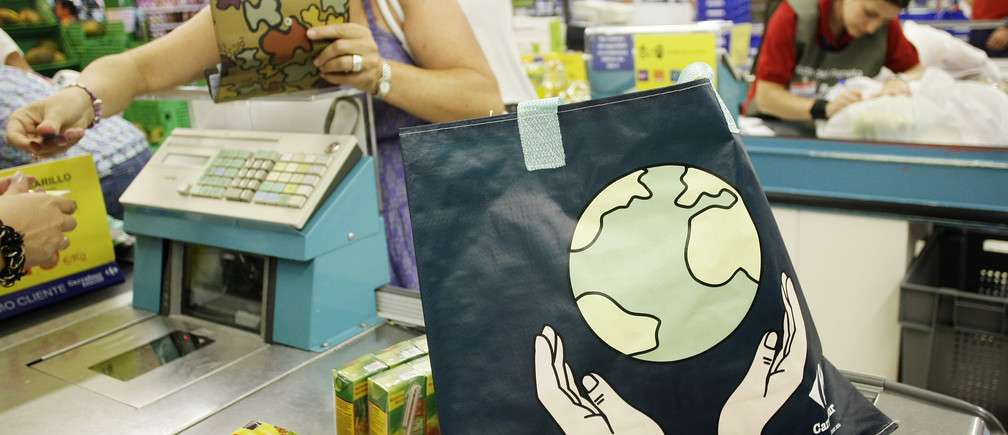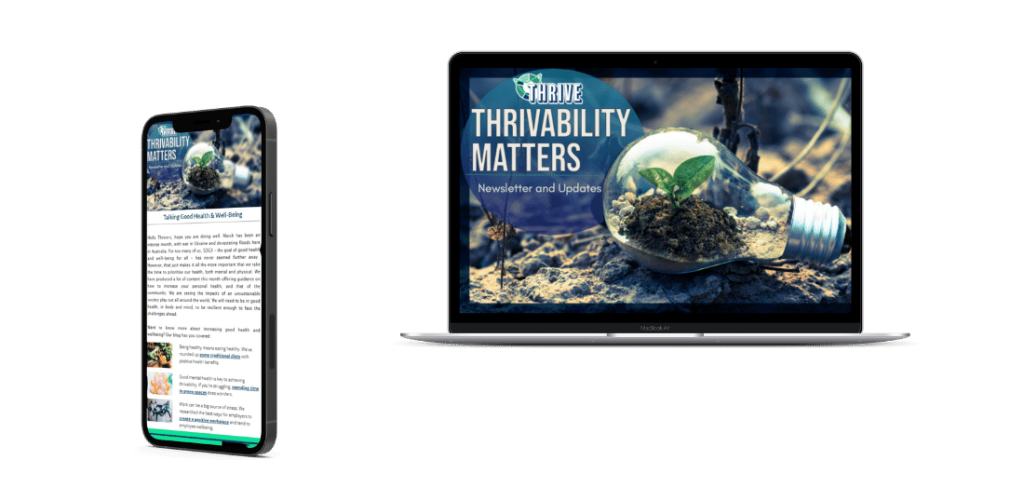Green consumption has become an increasingly popular trend for individuals and businesses alike. This is because it promotes sustainable development and reduces negative environmental impacts. Signalling theory is an economic concept that explains how individuals and organisations use signals to indicate their intentions to others. Signalling is an important part of green economics. Green economics is broadly interested in sustainable development that doesn’t cost the Earth. Signalling theory can be applied to green consumption. Movements such as green labelling and certification provide evidence of a product’s environmental impact. Green labelling is a clear example of signalling that works. In turn it allows consumers to make informed decisions.

In order to make green consumption more inclusive, it is important to address the barriers that prevent certain groups from participating. These include affordability and lack of awareness. Strategies such as reducing production costs and taxes, providing education, and offering a range of diverse, sustainable products can help to make green consumption accessible and appealing to a wider range of people. ‘Greening’ our consumption habits is an important step in creating a green economic system. This links to other important transformative concepts like the Circular Economy and sustainability more broadly. With the proper steps in place, green consumption can become a more equitable and effective tool for promoting sustainable development.
Green Economics and signalling theory
The domain of green economics refers broadly to emergent economic theories, principles, concepts, and use of data that has as its core interest the sustainability of life on the planet, and creating a transition to more sustainable ways of organising our economy and use of resources. Green economics is closely related to the Green Economy, and to other related economic concepts such as the Circular Economy.

Signalling theory is when different parties have access to different information, and there is a requirement for describing said behaviour. This is where the theory becomes interesting, as it focuses on trying to understand how one party (the sender) chooses how to communicate that information, and how the receiver party decides to interpret said signal or communication.
In this theory, a signal is an action or piece of information that provides evidence of an individual’s underlying qualities, such as productivity or future performance. Signalling happens intentionally and unintentionally, and is a way to mitigate information asymmetry, where one party has more information than another. It often leads to more efficient decision-making in markets. Signalling theory applies in various fields, including labour economics, finance, and marketing.
What is green consumption?
Green consumption refers to the purchasing of goods and services that have a minimal impact on the environment. This type of consumption is based on the principle of sustainability and aims to reduce the carbon footprint and environmental impact of consumer behaviour. Green consumption encompasses a wide range of products, including organic food, energy-efficient appliances, environmentally friendly transportation, and eco-friendly clothing. The idea behind green consumption is to encourage individuals and businesses to make choices that promote environmental protection and preserve natural resources for future generations.

Green consumption is a growing trend where the focus area is on purchasing and using sustainable, pro-environmental, and organic products. One of the main issues is that green products usually cost more (Meng & Zhao, 2021). Therefore, lower-class consumers often cannot afford green products even if interested. This has led to a form of assimilation according to researchers. Assimilation describes when individuals or groups adopt the customs, culture, values and consumer priorities of a larger society or dominant group in order to achieve a sense of belonging. Whereas, differentiation is the want or need to stand out, which also plays out in consumer choices. According to research, the lower class primarily desires assimilation, while the upper class primarily seeks differentiation. The middle class desires both assimilation and differentiation (Keh & Chen, 2020).
Green Economics: How Signalling theory and green consumption connect
Green economics and concepts such as the Green Economy largely deal with how consumers make choices concerning green products, including issues of awareness, affordability, and assimilation/differentiation (Keh & Chen, 2020). The complex ways that companies choose to signal information to each other, as well as to consumers, is interesting territory for analysing the realities of what drives changes in the market when it comes to green consumption (Guo et al., 2020). The constant feedback that exists between companies and their consumers regarding environmental concerns, particularly in regard to information and decision-making, is the domain of green economics (Lakatos et al., 2021).
Signalling theory and green consumption connect in that they both deal with information and decision-making. In the case of green consumption, individuals signal their environmental values and concerns through the products they choose to purchase. These purchases can signal to producers and suppliers the level of demand for environmentally friendly products, thereby influencing the market and encouraging the development of more sustainable products.
For example, green labelling and certification act as signals for consumers. They indicate that a product is environmentally friendly. In this sense, green labelling can serve as a form of a quality signal, allowing consumers to make informed decisions about the products they buy based on their environmental impact.
Both signalling theory and green consumption are interrelated in that they both play a role in the transfer of information in the marketplace and ultimately affect the decisions made by consumers and producers.

Green Economics: Moving Towards Inclusive Green consumption
Green consumption can become more inclusive by addressing the barriers preventing certain people from participating in sustainable consumption. Some ways to achieve this include:
- Affordability: Making sustainable products more affordable and accessible to a wider range of people by reducing the cost of production and distribution, as well as promoting government subsidies and tax incentives.
- Education and Awareness: Providing information and education about the benefits of green consumption and how it can positively impact the environment and communities, as well as addressing common misconceptions and concerns.
- Inclusiveness in marketing and advertising: Representing a diverse range of people and communities in marketing and advertising efforts for green products, and avoiding “greenwashing” or misleading claims about the environmental impact of products.
- Diverse product offerings: Offering a range of sustainable products that cater to different cultures, lifestyles, and needs, to ensure that green consumption is inclusive and appealing to a wider audience (Akenji & Chen, 2016).
By addressing these barriers and making green consumption more accessible and appealing to a wider range of people, it can become a more inclusive and equitable movement that benefits both individuals and the environment.
Conclusion
In conclusion, green consumption is a crucial aspect of sustainable development that aligns with the principles of green economics. It has good potential to make a positive impact on the environment. However, to ensure that this impact is inclusive and reaches a wider range of people, it is important to address the barriers that prevent certain groups from participating in sustainable consumption. This can be achieved by making sustainable products more affordable and accessible, providing education and awareness, promoting diversity in marketing and advertising, and offering a range of sustainable products that cater to different needs and lifestyles. By making green consumption more inclusive, it can become a more equitable and effective tool for promoting sustainable development and protecting the environment for future generations.
The THRIVE Framework examines issues and evaluates potential solutions in relation to the overarching goal of thrivability. It is about making predictive analyses using modern technology that supports environmental and social sustainability transformations. Employing the principles of green economics, including realising related economic concepts such as the Circular Economy, itself a fundamental part of THRIVE Framework, is critical to achieving sustainable societal transformation.
To learn more about how The THRIVE Project is researching, educating and advocating for a future beyond sustainability, visit our website. You can follow our informative blog and podcast series, as well as find out about our regular live webinars featuring expert guests in the field. Sign up to our newsletter for regular updates.

